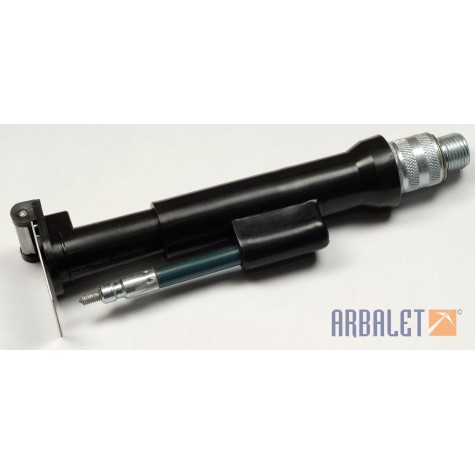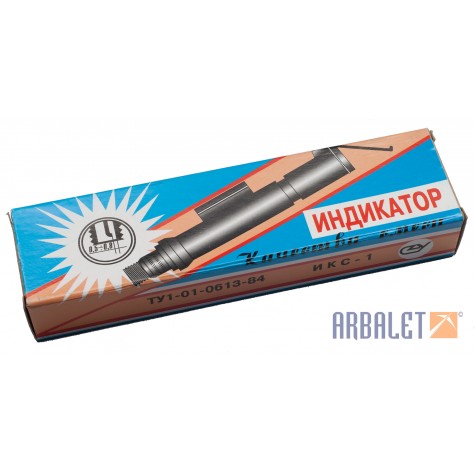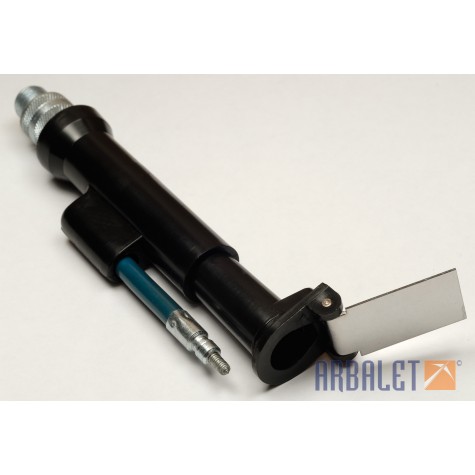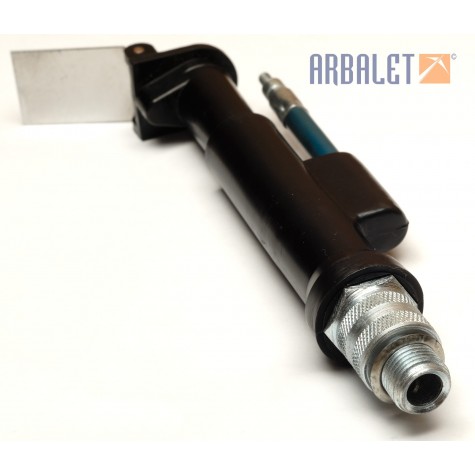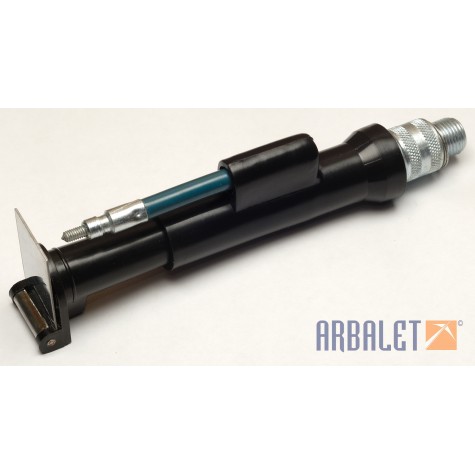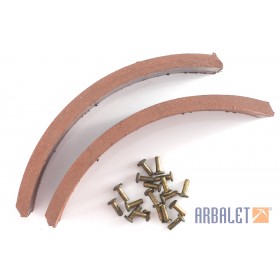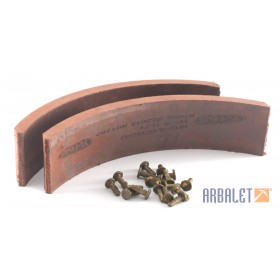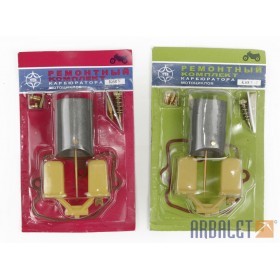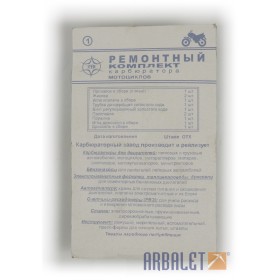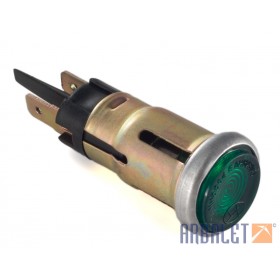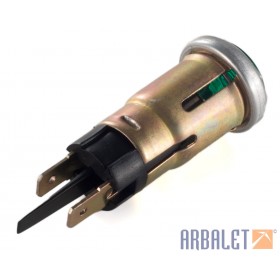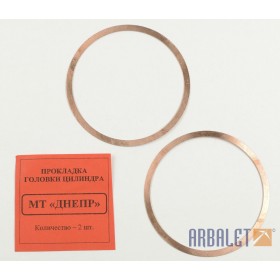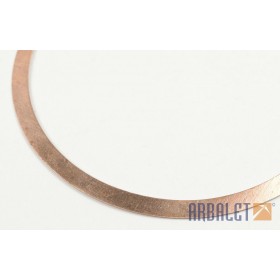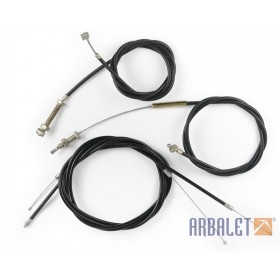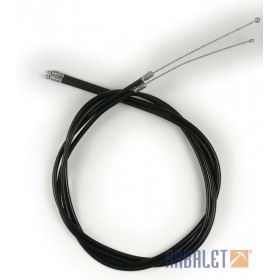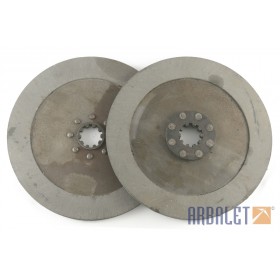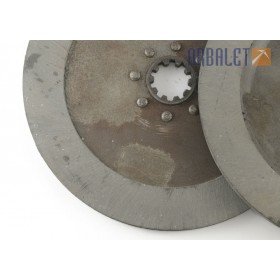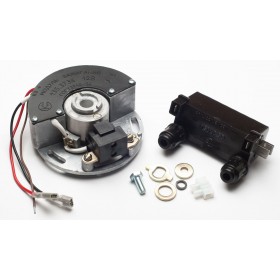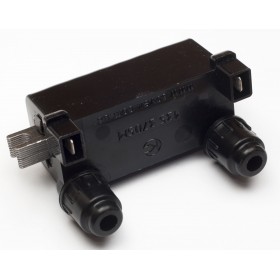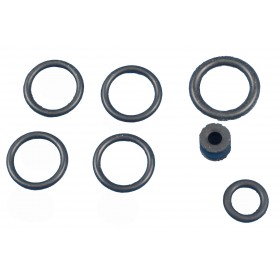Despite the war, we have resumed operations and ship spare parts worldwide.
Air/Fuel mixture meter IKS-1 (iks-1)
- Compatibility: Dnepr 11/16, K-750, MB750, M72, MT10-36, MT9
- Availability: 2-3 Days
-
$64.95
- Taxes are not included
Air/Fuel mixture meter KS-1
Inside an internal combustion engine those same
coloured flames are present though
not normally seen. With IKS-1 fitted, in place of a
spark plug, the flame is
visible through the glass insulator and the fuel is
ignited by a spark in the KS-1.
This allows the user to obtain greatest engine
efficiency by assessing the colour and
appearance of the flame and correcting any faults thus
revealed.
Using the product could hardly be easier, fit it into
a warm engine, in place of a spark
plug, and you are ready to begin.
KS-1 gives you a fascinating insight to the working of
an engine without the
usual complexities of most other diagnostic equipment.
It can provide a unique view of
the behaviour of the fuel system, in the individual
cylinders, which no other equipment
can do, saving in many cases time, expense and a great
deal of effort in fault diagnosis.
A gas analyser gives an average reading of all
cylinders, and no diagnosis of faults or
setting errors which affect mixture distribution.
The general appearance of the combustion flame when
viewed through KS-1 is
as follows:
Yellow Indicates a fuel / air mixture which have
excessive petrol content (rich).
Like a candle flame - producing more light but less
heat.
Bunsen Blue Indicates a mixture which is correctly
proportioned.
Whitish Blue Indicates a mixture which has less petrol
content (lean)
Note: this colour is more easily seen at higher
speeds.
At idle, engine instability and misfiring may occur
before this weak
mixture and pale shade of blue is fully visible.
Please place your vehicle in the shadow for better visibility of the flames.
Fitting KS-1 to the engine
1. Before fitting KS-1, start the engine and warm up
to normal operating
temperatures, preferably by going for a short drive.
2. To assist with flame visibility, park your car in
such a way that the engine is in the
shade.
3. Stop the engine, take care to avoid hot engine
parts and brush away any grit from
around the spark plug before removing it. Remove the
spark plug.
4. Fit the KS-1 in its place. Never over tighten KS-1
into the engine
as an adequate gas seal will be achieved even on taper
seat applications with little
more than the equivalent of finger tightness. The
rubber bush in a normal plug
spanner will not retain the KS-1 as the ceramic is
smaller.
5. If the plug recess is not easily accessible it is
wise to apply high melting point grease
to the KS-1 washer to help retain it.
6. Connect the spark plug lead of KS-1 to the plug cap
of the car's ignition system.
The adaptor is designed to fit both types of plug cap
(with bare thread or clip type
fitting) and fits most ignition systems. Try to keep
the leads away from engine parts,
particularly the exhaust and rotating items.
7. Repeat the above steps if using more than one KS-1.
8. Start the engine. All cylinders should now be
firing regularly and the combustion
flames should be clearly visible, either directly or
in the mirror.
Avoid touching ignition parts when the engine is
running remember ignition sparks can
jump, particularly if a connection is not secure.

